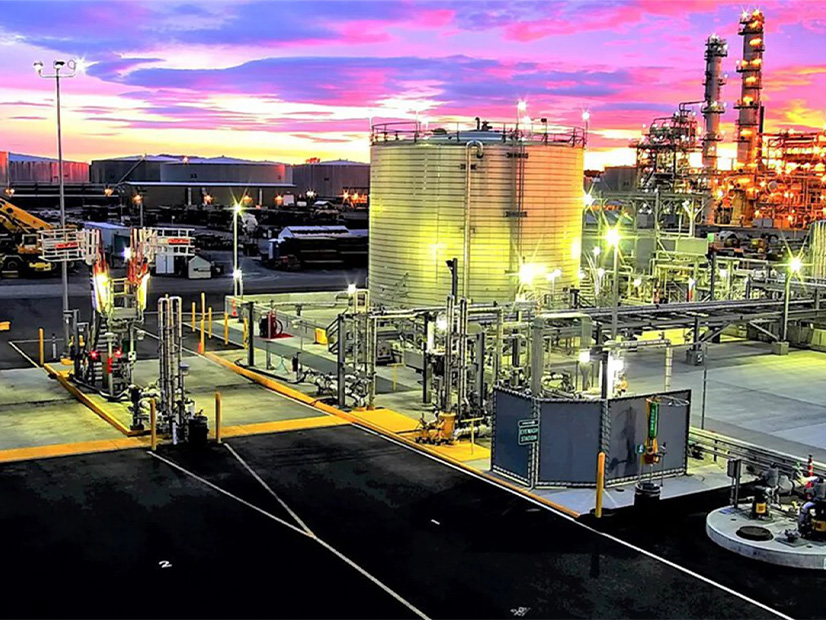Washington carbon allowance prices will increase sharply as the state’s cap-and-trade program becomes better established and more companies seek to cover their exposure, carbon market analysts said this week.
Speaking during a company-hosted webinar Tuesday, analysts from carbon advisory firm cCarbon predicted that Washington allowance prices could reach $66 in 2025, $122 in 2029 and $170 in 2036, before dropping as the state curtails its emissions over time. Each allowance permits its holder to emit one ton of greenhouse gases.
“This is an exciting time to be in the carbon market,” Jake Frankel, vice president of carbon markets at brokerage firm BGC Partners, said during the webinar.
Washington’s Department of Ecology conducted its first allowance auction under the state’s cap-and-trade program on Feb. 28. Results released March 7 showed all 6,185,222 available allowances sold at clearing price of $48.50, raising roughly $300 million for the state’s coffers. (See Washington’s 1st Cap-and-Trade Auction Nets Nearly $300M.)
Craig Rocha, an analyst with cCarbon parent company cKinetics, said 56 of the state’s 135 potential bidders participated in the auction. That included 16 out of 22 transportation fuel suppliers, including BP, Shell, Phillips 66 and Marathon. Natural gas utilities barely participated, and carbon-emitting entities competing with foreign companies (emissions intensive trade exposed companies — or EITEs) did not bid, Rocha noted.
“The EITEs remained away from participating in the auction, as they are due to receive free allocations for all their emissions in the first compliance period,” cCarbon analyst Megha Jha said in an analysis posted by the company Wednesday. “We expect to see EITEs start participating at auction only in the second compliance period.”
That analysis also showed that financial entities were heavily represented in the first auction, accounting for 23 — or 44% — of the bidders, compared with an average of 28% in the more established California-Quebec carbon market.
Participating financial entities included investment funds, such as Bellus Ventures, Carbon Point Partners, Morgan Stanley Capital Group, Klima Holdings, Norther Trace Capital, and Environmental Commodity Partners, and commodity traders, such as Mercuria Energy and Macquarie Energy. Jha noted there was a heavy overlap with funds and traders that already participate in the California-Quebec auctions.
Participants from the petroleum and electricity sectors also participated, Jha said.
A 2008 Washington law sets the state’s carbon-reduction targets at 45% below 1990 levels by 2030, 70% by 2040 and 95% by 2050. A 2021 report from the Ecology Department put state CO2 emissions at 99.57 million metric tons (MMT) in 2018. The report showed that from 2016 to 2018, the transportation sector was the largest contributor at nearly 45% of emissions.
cCarbon has calculated that the cap-and-trade program will address 68 MMT of the total, with that portion projected to shrink 7% annually through 2030, followed by a 1.9% decrease per year from 2031 to 2042, then 2.5% annually to 2050.
The company estimates that Washington’s natural gas emissions will phase out between 2035 and 2045, while 8 to 18% of vehicles will be electric by 2030, with the state posting steady economic growth.



